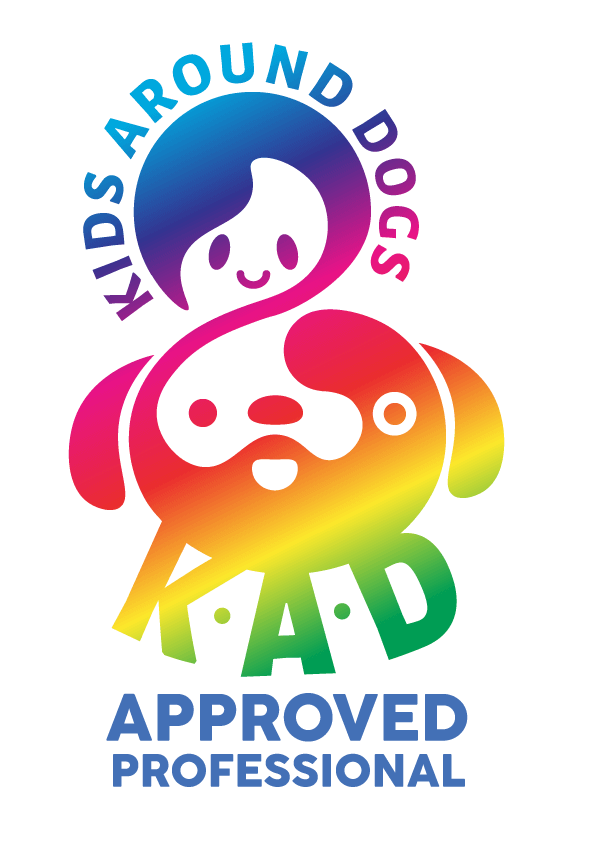A new study from Aalto University, published in Cerebral Cortex, has explored the many forms of love and how our brains process them. From the love we feel for our partners and children to our affection for pets and even the natural world, this research shines a light on how love manifests in different ways. For those of us with pets, the findings highlight the deep, meaningful relationships we have with our animal friends, providing insights into the unique bond we share with them.
What was the study about?
The researchers wanted to explore how feelings of love for different people, animals, and even places are reflected in brain activity. Using brain imaging technology, they measured how participants’ brains responded when listening to short, vivid stories designed to evoke specific types of love. These ranged from romantic and parental love to feelings for friends, strangers, pets, and nature.
The participants, all parents in long-term relationships, were asked to picture themselves in the scenarios and reflect on the emotions they stirred. This approach helped identify patterns of brain activity that correspond to different kinds of love.

The study found that certain brain areas consistently light up no matter who or what we love. Regions involved in understanding others’ thoughts and feelings – like the temporoparietal junction and precuneus – were active in all forms of interpersonal love, whether for a partner, child, or friend. However, the level of activity varied depending on the closeness of the relationship. Romantic and parental love triggered the strongest responses, especially in the brain’s reward system, showing just how vital these connections are to us.
When it came to pets the study uncovered something special…
For animal guardians, thinking about their pets activated many of the same brain areas involved in love for other people. These regions are associated with empathy and social bonds, highlighting the depth of the relationship between humans and their animals. Interestingly, people without pets showed much less activity in these areas, suggesting that the connection pet guardians feel is unique.
On the other hand, love for nature engaged entirely different parts of the brain, mainly those linked to pleasure and visual appreciation. This suggests that our connection to nature may be more about beauty and awe than the kind of social bonding we experience with loved ones. This seems to support E.O. Wilson’s (1986) biophilia hypothesis, which states all humans inherently love the natural world, and this focus on life is proposed to be a psychological and emotional connection that elicits complex behaviours.
What does the study mean for pet guardians?
For animal lovers and guardians, this latest research confirms what many already know in their hearts: the bond you share with your pet is as real – and – meaningful as any other relationship. So, the love you feel for your dog or cat is deeply rooted in your brain’s social and emotional centres.
These latest findings from Rinne et al. (2024) also shed light on why spending time with pets can be so comforting and healing. It’s well-documented that pets can reduce stress and anxiety, and this study shows that the love we feel for them plays a big part in that. This is why, perhaps, the grief many animal guardians experience when their pet passes can be complex and long-lasting.

However, like any study, this one also has its limitations. The participants were all parents in long-term relationships, which might not reflect everyone’s experiences. The study also relied on people imagining themselves in different scenarios, which could vary widely from person to person. Nevertheless, this study presents future research opportunities that could examine how our brain patterns change over time, like when someone adopts a new pet or copes with the loss of one, and how these findings apply across the wider population.
Key take-away
In summing up, this study is a good reminder that love is as diverse as the people and animals we share it with. For some, love is the quiet joy of watching your dog wag their tail; for others, it’s taking in a breath-taking view or the deep connection you feel with a partner. To quote Hugh Grant (2003) “If you look for it, I’ve got a sneaky feeling you’ll find that love actually is all around.”
References
- Feldman, R. (2017). The neurobiology of human attachments. Frontiers in Psychology, 8, p.673. doi.org/10.1016/j.tics.2016.11.007
Nagasawa, M., Mitsui, S., En, S., Ohtani, N., Ohta, M., Sakuma, Y., Onaka, T. and Kikusui, T. (2015). Oxytocin-gaze positive loop and the coevolution of human-dog bonds. Science, 348(6232), pp.333–336. - Gaekwad, J.S., Sal, Moslehian. A, Roös, P.B., Walker, A. (2022). A Meta-Analysis of Emotional Evidence for the Biophilia Hypothesis and Implications for Biophilic Design. Frontiers in Psychology,13:750245. doi: 10.3389/fpsyg.2022.750245.
- Rinne, P., Lahnakoski, J.M., Saarimäki, H., Tavast, M., Sams, M., Henriksson, L. (2024). Six types of loves differentially recruit reward and social cognition brain areas. Cerebral Cortex, 34 (8). doi.org/10.1093/cercor/bhae331
Learn more about our classes

Get Hanne's Book
Playing With Your Dog will help any dog owner work out the games that are best suited for their pet to play throughout his life, from puppyhood to old age. The book also shares some tricks for all ages, group activities, and recommended toys that dogs will enjoy.

























